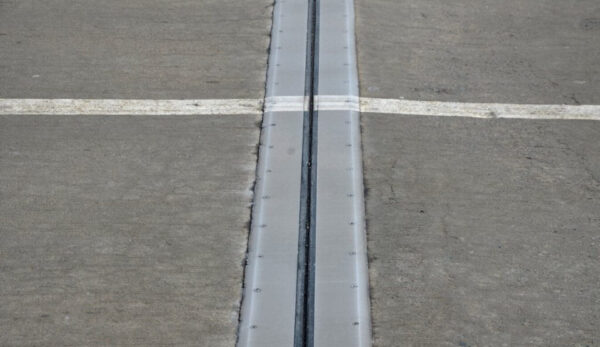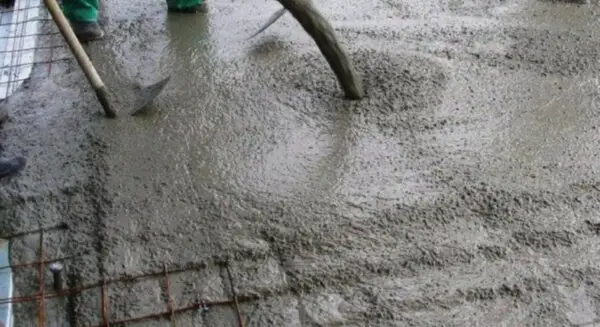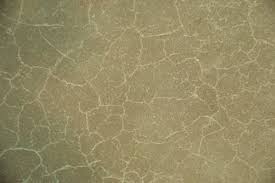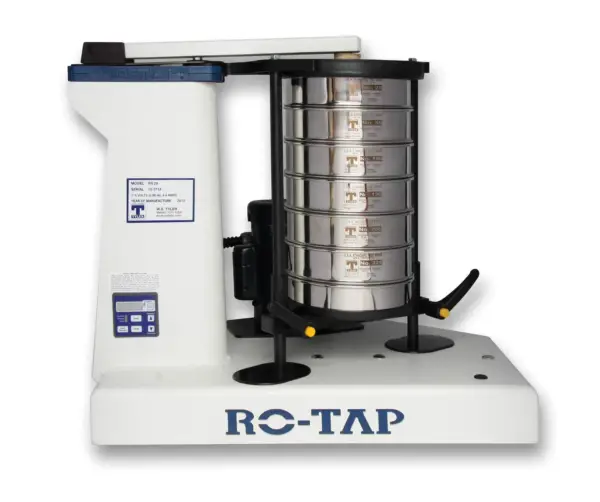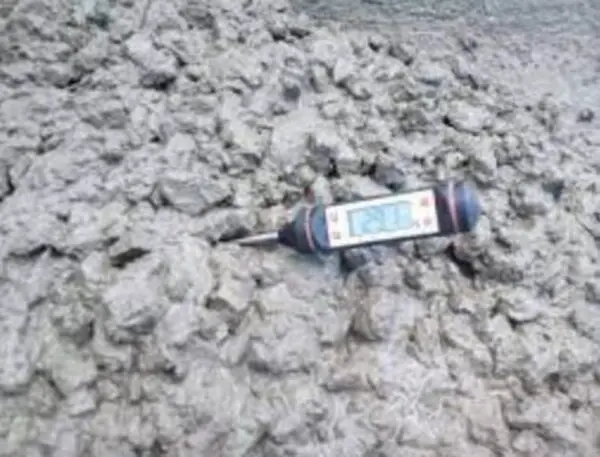Aggregates also provide strength, durability, stability and resistance to various environmental factors.
However, not all aggregates are suitable for every purpose. Some aggregates may have defects or impurities that can affect their performance and quality.
Therefore, it is important to test aggregates before using them in construction projects. Testing aggregates can help to determine their physical and chemical properties, such as size, shape, density, moisture content, abrasion resistance, soundness, alkali-silica reactivity and more.
Testing aggregates can also help to select the best type and proportion of aggregates for a specific application.
For example, coarse aggregates are better for making concrete that needs high compressive strength, while fine aggregates are better for making mortar that needs good workability.
Testing aggregates can also help to optimize the use of natural resources and reduce the environmental impact of construction activities.

Impact of Aggregates in Concrete w.r.t Tests
| Property | Coarse Aggregate | Fine Aggregate |
| Size | 4.75 mm to 80 mm Impact Small aggregates – high strength, low permeability Large aggregates – less cement requirement, improves workability | 0.06 mm to 4.75 mmFineness Modulus2.9 – 3.2 (Coarse sand)2.6 – 2.9 (Medium sand)2.2 – 2.6 (Fine sand) Impact Well graded aggregate – dense and uniform concrete mixPoorly graded aggregate – segregation, bleeding or honeycombing in the concrete mix |
| Affectsworkability, strength and durability of concrete | ||
| Shape | Angular, rounded, flaky or elongated Impact Angular aggregate – large surface area, high strength and bond with cement, more water and cement requirement (considered best for concrete mix)Flaky and Elongated aggregate – Poor shape, reduction in strength and durability of concrete. | Angular, rounded Impact Round shaped fine aggregate – better workability, less water demand but reduce strength and interlocking of the mixture. Angular shaped fine aggregate- high water demand, poor workability. |
| Affects Packing density, surface area and interlocking of aggregates | ||
| Texture | Rough textured, Smooth textured Impact Rough aggregates – High strength and resistance to cracking, high water requirement | Rough textured, Smooth textured Impact Smooth textured fine aggregate- less surface area, less bond with cement, less water requirement |
| Affects Friction and bond between aggregates and cement paste | ||
| Specific Gravity | 2.4 to 2.9 Impact High specific gravity – high density, low porosity, high strength and durability | 2.6 to 2.8 Impact High specific gravity – heavy and stronger fine aggregate |
| AffectsWeight, density and quality of aggregates | ||
| Water Absorption | 0.5% to 5%. Impact High absorption aggregates – high moisture content, low water- cement ratio, low strength and high shrinkage | 0.5% to 2%. Impact High absorption aggregate – more porous and rougher finer aggregateLow absorption aggregate – less porous and smoother fine aggregate |
| AffectsMoisture content and water-cement ratio of concrete | ||
| Moisture content | Impact High moisture content aggregates – Low weight and high volume results in lower strength and higher air content | Impact High moisture content aggregates- segregation, bleeding and reduced bond strength |
| Affectsweight and volume of aggregates and consequently the mix proportions and yield of concrete | ||

In certain countries the impact and affects of aggregates are done using some standard codes. For example the American Civil Association, has some codes for different properties of aggregates.

